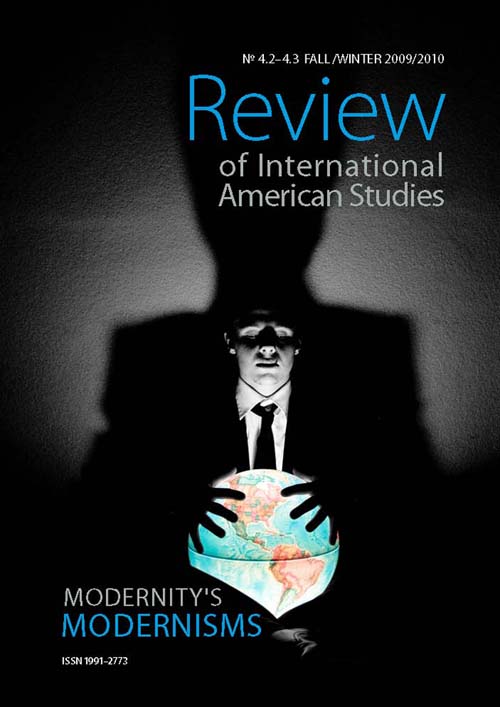Letters to the Metropole: The Rhetoric of Distance in Sor Juana’s Poetry
Letters to the Metropole: The Rhetoric of Distance in Sor Juana’s Poetry
Author(s): Jeremy PadenSubject(s): Language and Literature Studies, Studies of Literature, Other Language Literature, Cultural Anthropology / Ethnology
Published by: Wydawnictwo Uniwersytetu Śląskiego
Summary/Abstract: There is precious little about the Novohispanic Baroque that could be considered modern by almost any aesthetic standard except those drawn up by the famously casuistic Novohispanic Creoles of the late 17th century who were always eager to prove that they did not lag behind Europe. To make their case, they no doubt would have relied on the etymological definition of modo (now or contemporary) and would have stressed their cultivation of an aesthetics of surprise and novelty. Most critics, however, would probably agree with Octavio Paz who leaves the Baroque at the threshold of modernity since it has no real revolutionary agenda and does not attempt to break with the past (Paz, 1998: 19). Paz understands modernity as a tradition of rupture, interruption, and constant new beginning (Paz, 1998: 17). Modernity, he believes, is a sort of creative self-destruction that couples an aesthetics of novelty with rupture (Paz, 1998: 20). Furthermore, Paz makes clear that modernity and its tradition of revolution and rupture can only arise after the French Revolution, which redefines revolution as rupture itself.Paz’s approach to the question is clearly nominal rather than relational and suffers from what Susan Stanford Friedman has noted is the characteristic circularity of the nominal approach to defining modern, modernity, and modernism. When considering, however, 17th century New Spain from a post-colonial, politico-economic point of view, like that developed by Enrique Dussel, Walter Mignolo, and Anibal Quijano, among others, the Novohispanic Baroque falls squarely within the bounds of modernism/colonialism. Such a consideration takes into account the relational nature of colonized America vis-à-vis colonizing Europe. Whether or not Latin America was colonial (in the nineteenth and 20th century form of the condition) and whether or not it could be considered as postcolonial (given that its colonial moment was quite different— in terms of purpose, mission, organization—than that of India or Africa, has been quite exhaustively discussed for a decade or more. Yolanda Martínez-San Miguel provides a good discussion of this debate in the context of Sor Juana in chapter four of her "Saberes Americanos".
Journal: Review of International American Studies
- Issue Year: 4/2010
- Issue No: 1-2
- Page Range: 31-35
- Page Count: 5
- Language: English

